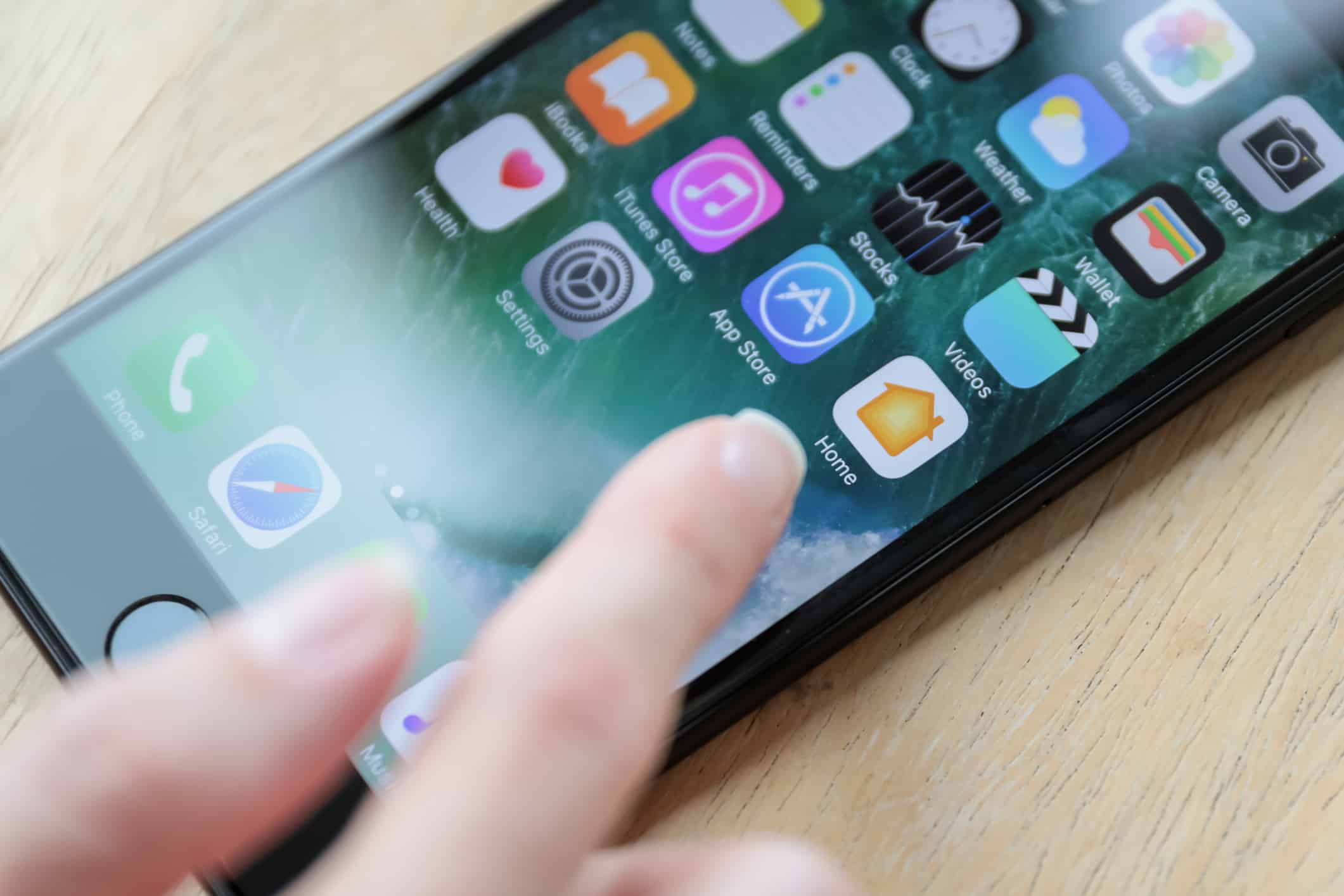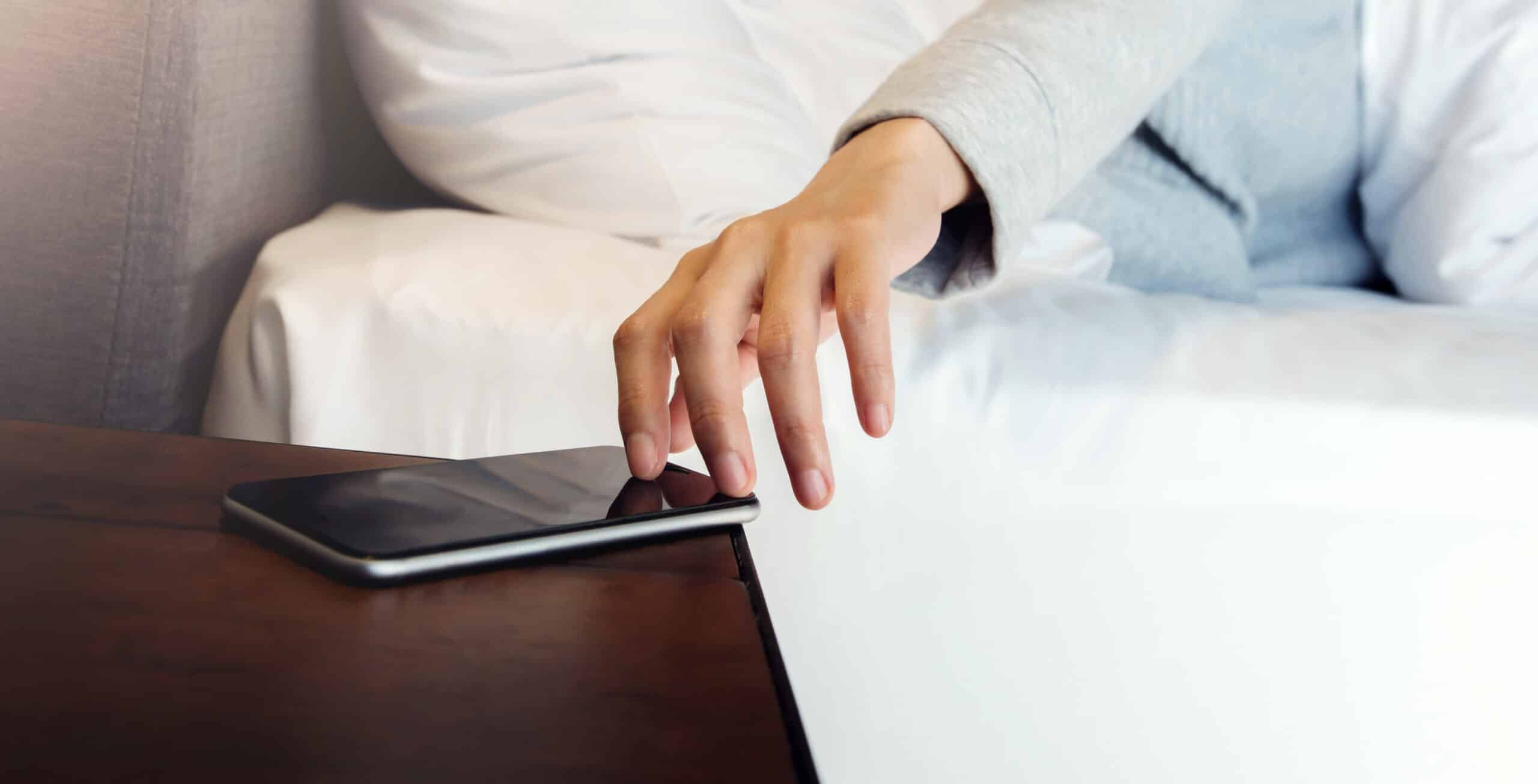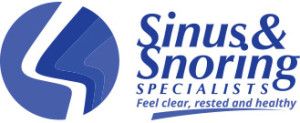What Your Sleep Or Snoring App Isn’t Telling You
- Posted on: Feb 9 2018
 We are now much more aware of the importance of sleep to our overall health. Getting that deep restorative sleep prevents many health issues, such as cardiovascular disease, depression, and even automobile injuries.
We are now much more aware of the importance of sleep to our overall health. Getting that deep restorative sleep prevents many health issues, such as cardiovascular disease, depression, and even automobile injuries.
Deep sleep also affects us socially, as the ability to be an attentive parent or an effective worker is dependent upon waking up restored and refreshed both physically and mentally. Even more important is how it affects us romantically, as snoring can ruin our relationships and create a separation at bedtime.
Sleep trackers, snoring apps, and wearables such as the Fit Bit and Apple Watch offer many options to evaluate our sleep patterns and snoring.
This article will help you understand these sleep and snoring devices, how to use the information you receive from the devices and describe where they may mislead you to incorrect conclusions.
Sleep/Snoring Evaluation Apps

- Phone next to bed: Many apps, such as the Snore Lab app, focus on evaluating your snoring. They will record the snoring by placing the phone near your bedside and use the microphone in the phone to listen as you sleep. They have the ability to identify the snoring versus the ambient noise in the room, record when snoring occurs, how frequently, and how loud. This can be plotted graphically to be reviewed the next day on the app. These apps frequently claim they can assess how much deep sleep you are getting. This can be misleading. The depth of sleep is accurately measured by EEG (brain wave analysis), which can ONLY be measured during an in lab sleep study (polysomnogram). Going to a sleep lab is impractical for most of us. A more practical method to evaluate your sleep can be performed at home by using two separate measurements: body movement (actigraphy) and heart rate.
Body movement can be evaluated using many different methods:
- Phone on the bed: You can place your phone under a pillow or on the bed with one of many sleep apps activated to get a crude assessment of movement.This has many pitfalls with different mattress types and movement of the bed partner.
- Bed sensors: There are new sensors designed to connect to the bed to measure movement but they share these same pitfalls with interference from mattress factors, bed partners or pets.
- Radio wave sensors: Other companies have tried to assess body movements by using radio waves from the phone at the bedside . Unfortunately, this can be affected by a bed partner, pet, and technical issues and may be inaccurate as well.
- Wearable Device: To successfully evaluate the body movement one can use a wearable device. Fit Bit, Basis, Jaw bone, Apple Watch are some examples. Wearing these devices during sleep, with the associated sleep app activated, can provide an accurate assessment of body movement with the added bonus of assessment of your heart rate. The body movement is accurately assessed by the accelerometer, which isn’t affected by variables like the mattress, bed partner, or pets. The heart rate is measured with a variety of sensors depending on the device but is quite accurate in these modern devices.
How Does The Measurement of Body Movement and Heart Rate Accurately Evaluate My Sleep Depth?
- Sleep Phase 1 -When awake, there is significant body movement, variability of body movement, and an elevated / variable heart rate. This is about 5% of a good nights sleep.
- Sleep Phase 2 – Light sleep continues to have body movement but it is lessened from the awake state. The heart rate slows some, but still has variability. This is a transition phase that allows the person to go into deep sleep or REM sleep, which are the two phases most important for mental and physical restoration. Light sleep occupies roughly 45% of good night of sleep.
- Sleep Phase 3 –Deep sleep, called slow wave sleep, has very little body movement, a significant slowing of the heart rate, and a lack of variability to the heart rate. This phase of sleep is vital to physical recovery and the immune system. This should be about 25% of a good night of sleep.
- Sleep Phase 4 –REM sleep continues to have very little movement like deep sleep, but the heart rate is actually elevated and variable, unlike the deep sleep phase. This is the phase where we dream and it is the critical phase for mental and psychological restoration. This should be about 25% of a good nights sleep.
The apps analyze the accelerometer and heart rate data over the course of the nights sleep. Studies have shown a good correlation between the true EEG data of sleep phases from an in-lab study and these inferred sleep phases. It’s not perfect, as movement data can be intentional. For example, if you are awake and have an elevated and variable heart rate, but purposefully lay still, the app may think that you are in REM sleep.
How Should You Use The Data?
You can use the snoring function of the app to assist in reducing your snoring. This is especially true when there is no regular bed partner to help with this assessment. Some things you may try to reduce snoring are:elevating the head of the bed, changing sleep position, using different pillow types, using a mouth guard, using a chin strap, nasal strips or intranasal devices, dietary changes, and avoiding alcohol before bed. You can use the snore function of the app on your phone to evaluate how each of these changes affects your snoring. Combining these changes can dramatically reduce snoring for many patients.
Knowing if you are getting the necessary amount of restorative sleep is valuable information. Studies show that a lack of deep and REM sleep can cause significant health issues, as well as make the patient feel physically and mentally incapable during the day. In many cases, an absence of these deep phases is secondary to obstructive sleep apnea (OSA), especially if there is associated snoring. OSA is associated with hypertension, diabetes, weight gain, cardiac arrhythmia, heart attack, congestive heart failure, stroke, impotence, dementia, depression, anxiety disorder, and sudden cardiac death.
If you have a snoring issue, modern technology in our everyday devices, such as our phone and our wearable devices can now offer a valuable assessment of your sleep. Recognize that if this screening evaluation shows problems with your sleep phases and associated snoring, having a more sophisticated evaluation in our office is critical. We can assess the causes of snoring by evaluating the nose and throat. And we can give the patient a home sleep testing device (HST) which is much more sophisticated than a wearable device. The HST measures actual air flow, respiratory effort, pulse rate, blood oxygen levels, body movement, and body position. The home sleep test is as accurate as a cumbersome in-lab study, for the evaluation of snoring and obstructive sleep apnea, but with the convenience of being in your own bed.
What Can Be Done To Treat Snoring and/or Obstructive Sleep Apnea?
Nowadays, we have simple office procedures that can usually resolve snoring and OSA, performed under IV sedation. The follwoing procedures are frequently used to obtain a cure:
These procedures only take about 15 minutes and most patients can work the next day.
Sleep occupies 1/3 of your life and is critical to health and well being. Take charge of this issue for a happier and healthier life.
Posted in: Sleep Apnea, Snoring

